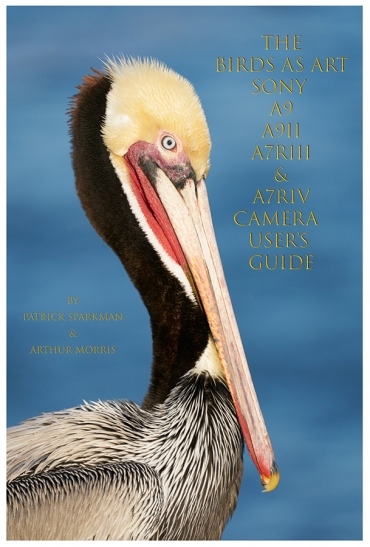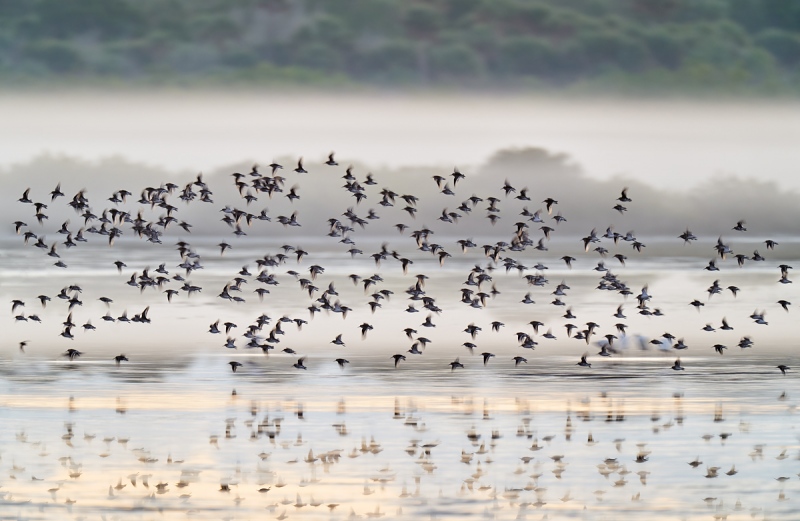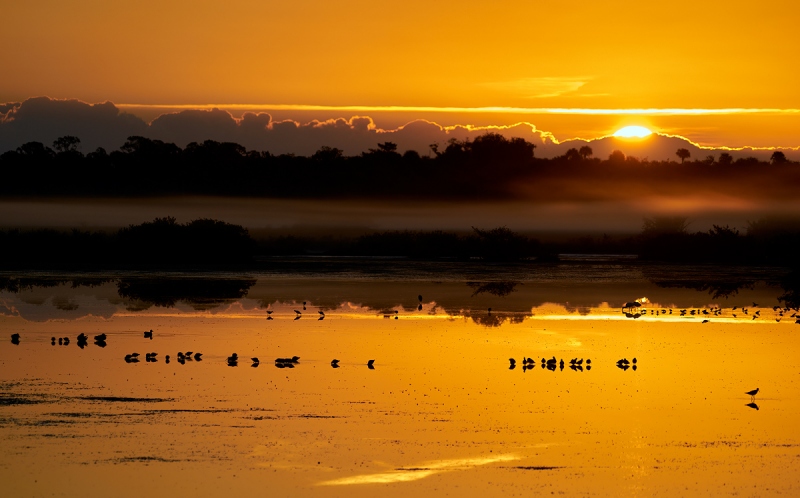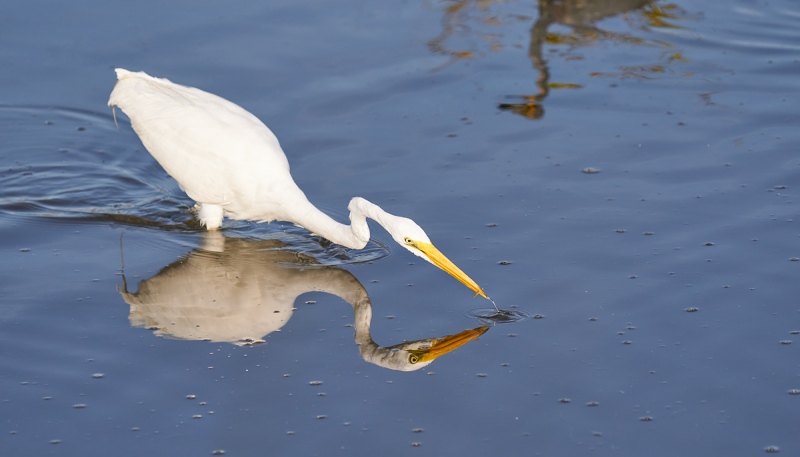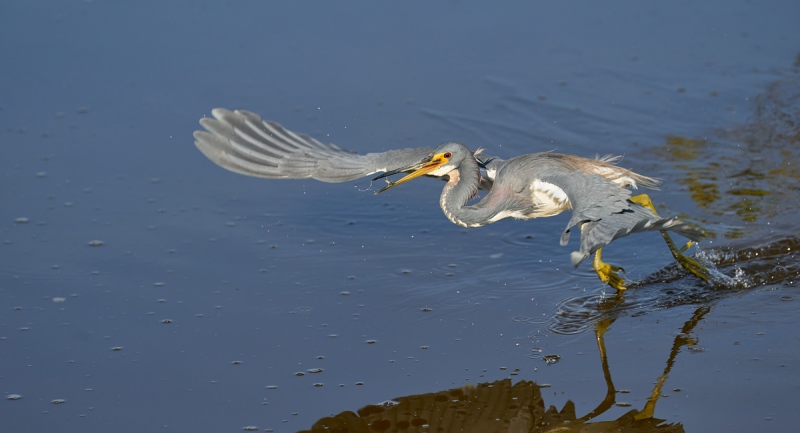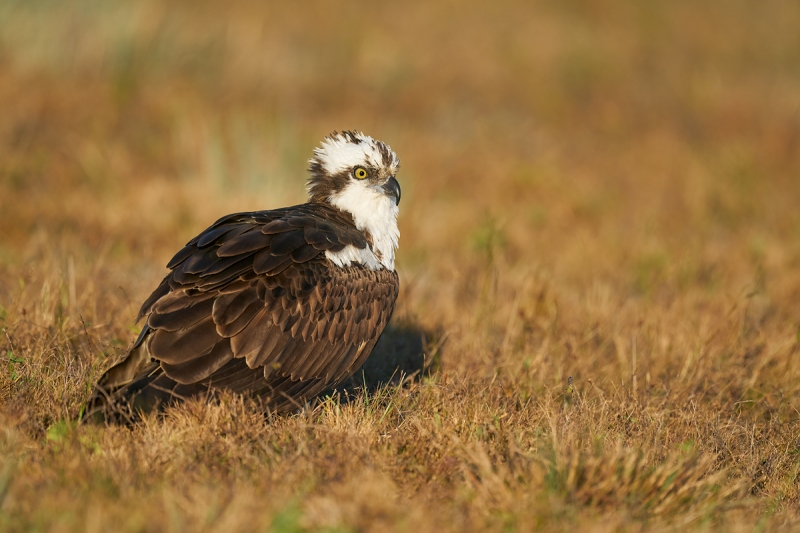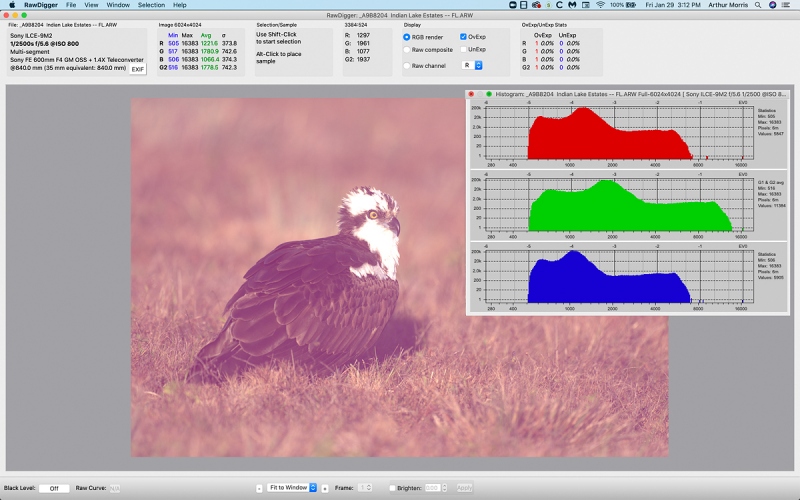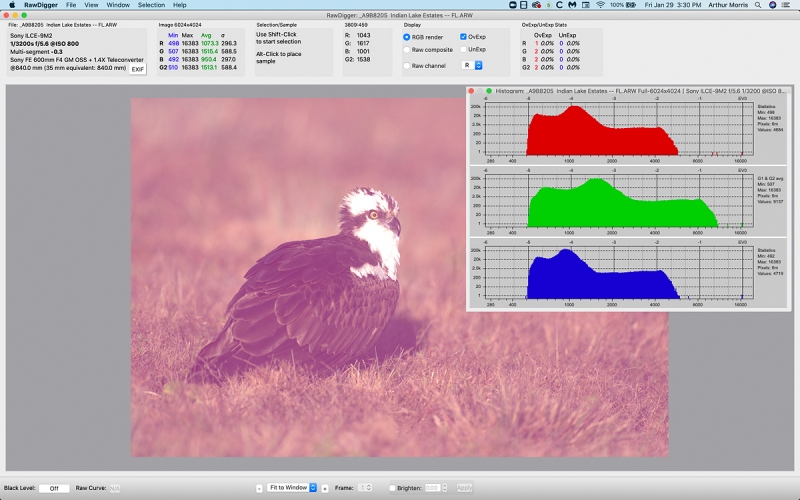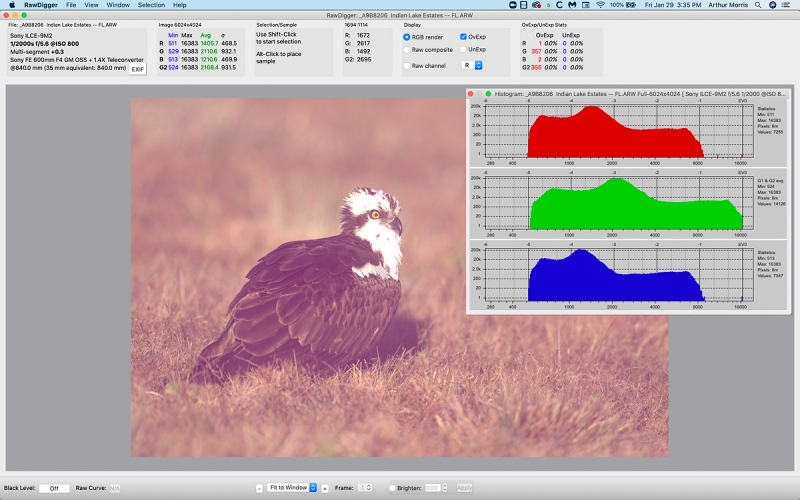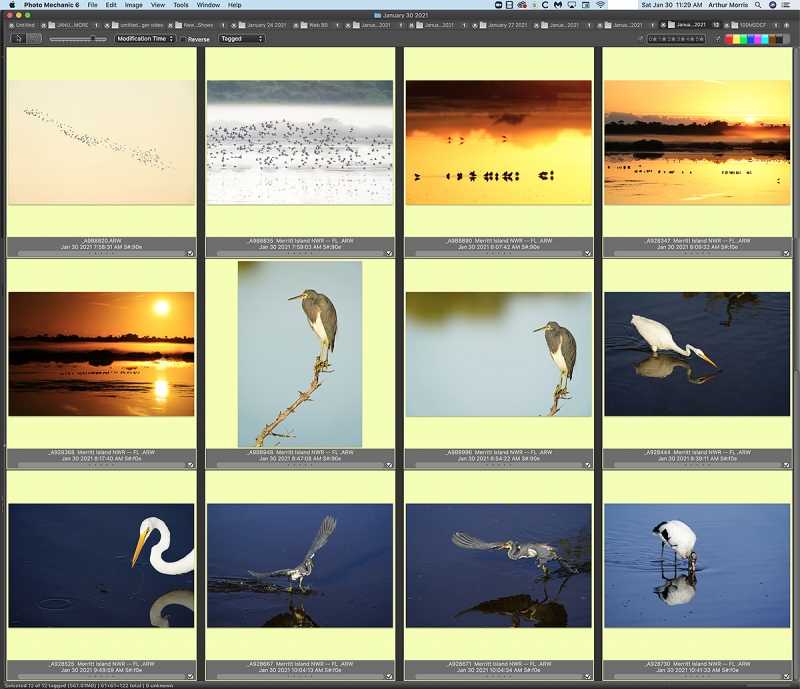Your Favorite?
Which of today’s four featured images do you like best? Please let us know why.
What’s Up?
I went back to the Blue-winged Teal spot at Merritt on Saturday afternoon and got one or two killer-good frames. I had some cold left-over chicken for dinner and went to work on this blog post. If finished it early on Sunday morning. As soon as it is published I will grab the R5 from the car and finish setting it up …
Today is Sunday 31 January 2021. The forecast for Titusville is for partly cloudy skies with a very gentle breeze from the south turning SW. I am hoping for a mega-sunrise. I walked outside just before hitting Publish; it is cold and clear with no sign of clouds anywhere. Have a great day.
This post took about two hours to prepare and makes forty-two days in a row with a new one. Please remember …
Please Remember
With income from IPTs now at zero, please, if you enjoy and learn from the blog, remember to use one of my two affiliate programs when purchasing new gear. Doing so just might make it possible for me to avoid having to try to get a job as a Walmart greeter and will not cost you a single penny more. And if you use Bedfords and remember to enter the BIRDSASART code at checkout, you will save 3% on every order and enjoy free second-day air shipping. In these crazy times — I am out at least forty to sixty thousand dollars so far due to COVID 19 (with lots more to come) — remembering to use my B&H link or to shop at Bedfords will help me out a ton and be greatly appreciated. Overseas folks who cannot order from the US because of import fees, duties, and taxes can always help out by clicking here if they see fit.
The BAA Used Gear Page
The Used Gear page continues to be very active. The BAA Used Gear Page is the place to sell your used photographic equipment. We will help you to get your gear sold quickly for 20 to 60% or more than what the big guys are offering … Doubt me? Check out the Recent Sales list for the past year or more at the bottom of the page.
SONY Camera Body Bargains!
Sony Alpha a7r IV Mirrorless Digital Camera Body
Price reduced $100 28 JAN 2021
Price reduced $100 30 JAN 2021
Record-reduced $200 31 JAN 2021
Arthur Morris is offering a Sony a7r IV Mirrorless Digital camera body in excellent-plus condition for the BAA record-low price of $2098.00 (was $2498.00). Many might call this one near mint, but I like to be conservative when selling my own gear. The body has only 38,497 shutter actuations on it. The sale includes the original box and everything that came in it and insured UPS ground shipping to lower-48 US addresses. In addition, I will throw in a copy of The Sony Camera User’s e-Guide and One Camera Set-up Video (a $100.00 value). Your new camera will not ship until payment clears unless other arrangements are made. PayPal +4% will guarantee same day shipping.
Please contact artie via e-mail or by phone (or text) at 1-863-221-2372 (Eastern time zone).
For the past two years you have seen the incredible detail in my a7r IV images made with a variety of SONY lenses and both teleconverters. I’ve typically used my 7r IV for about 50% of my bird photography and my a9 II in pure flight situations. As the 7r IV sells new right now for $3498.00, you can save a very cool $1400.00 by grabbing my slightly used a7r iv. Though this 61-MP body is especially attractive to landscape and macro photographers, it is great for birds as well as you can pretty much crop to your heart’s content. artie
Sony Alpha a7r IV Mirrorless Digital Camera Body
BAA-friend Craig Elson is offering a Sony a7r IV Mirrorless Digital camera body in like-new condition for the very low price of $2398.00. The body had a glass LCD protector on it from the moment it was taken out of the box. The sale includes the original box and everything that came in it and insured UPS ground shipping to lower-48 US addresses. Your new camera will not ship until payment clears unless other arrangements are made.
Please contact Craig via e-mail or by phone at 1-704.904.7953 (Pacific time zone).
For the past two years you have seen the incredible detail in my a7r IV images made with a variety of SONY lenses and both teleconverters. I’ve typically used my 7r IV for about 50% of my bird photography and my a9 II in pure flight situations. As the 7r IV sells new right now for $3498.00, you can save a cool $1100.00 by grabbing Craig’s pretty much new a7r iv. Though this 61-MP body is especially attractive to landscape and macro photographers, it is great for birds as well as you can pretty much crop to your heart’s content. artie
Sony Alpha a9 ii Mirrorless Digital Camera Body
BAA-friend Craig Elson is offering a Sony a9 ii Mirrorless Digital camera body in like-new condition for the very low price of $3198.00. The body had a glass LCD protector on it from the moment it was taken out of the box. The sale includes the original box and everything that came in it and insured UPS ground shipping to lower-48 US addresses. Your new camera will not ship until payment clears unless other arrangements are made.
Please contact Craig via e-mail or by phone at 1-704.904.7953 (Pacific time zone).
From the moment I tracked that first incoming Brandt’s Cormorant, I knew that SONY a9 series bodies featured the world’ best AF. I upgraded to the a9 ii as soon as it was released for the slightly larger body size. I currently own two of them. A new a9 ii sells for $4,498.00. You can save a very nice $1300 by grabbing Craig’s pretty much new a9 ii. Not to mention that the new Sony A1 sells for $6498.00 … artie
Sony Alpha a7r IV Mirrorless Digital Camera Body
BAA-friend Anthony Ardito is offering a Sony a7r IV Mirrorless Digital camera body in like-new condition for the very low price of $2398.00. The sale includes the original box and everything that came in it and insured UPS ground shipping to lower-48 US addresses. Your new camera will not ship until payment clears unless other arrangements are made.
Please contact Anthony via e-mail or by phone at 610-248-6876 (Eastern time zone).
For the past two years you have seen the incredible detail in my a7r IV images made with a variety of SONY lenses and both teleconverters. I’ve typically used my 7r IV for about 50% of my bird photography and my a9 II in pure flight situations. As the 7r IV sells new right now for $3498.00, you can save a cool $1100.00 by grabbing Anthony’s pretty much new a7r iv. Though this 61-MP body is especially attractive to landscape and macro photographers, it is great for birds as well as you can pretty much crop to your heart’s content. artie
Sony Alpha a7r IV Mirrorless Digital Camera Body
BAA-friend Robert Kimbrell is offering a Sony a7r IV Mirrorless Digital camera body in like-new condition for the ridiculously low price of $2198.00. The sale includes the original box and everything that came in it and insured UPS ground shipping to lower-48 US addresses. Your new camera will not ship until payment clears unless other arrangements are made.
Please contact Robert via e-mail or by phone at 1-239 848-0451 after 5pm Eastern time on weekdays only please.
For the past two years you have seen the incredible detail in my a7r IV images made with a variety of SONY lenses and both teleconverters. I’ve typically used my 7r IV for about 50% of my bird photography and my a9 II in pure flight situations. As the 7r IV sells new right now for $3498.00, you can save a cool $1100.00 by grabbing Anthony’s pretty much new a7r iv. Though this 61-MP body is especially attractive to landscape and macro photographers, it is great for birds as well as you can pretty much crop to your heart’s content. artie
Sony Alpha a9 Mirrorless Digital Camera Body
Craig Mossey is offering a SONY A9 body in excellent condition with 4304 shutter actuations for $2,198.00. The sale includes the original box, one, battery, the battery charger, the USB wall plug and charging cord, the original documentation, the front body cap, the strap, and insured FEDEX ground shipping to lower US addresses only. Your item will not ship until your payment clears (Zelle, PayPal or check) unless other arrangements are made.
Please contact Craig via e-mail or by phone at 1-561.447.2911 Eastern time zone.
I was sold on SONY five minutes after trying my SONY a9 on the incoming Brandt’s Cormorants at La Jolla, CA. The AF system is identical to the AF system on the more expensive a9 ii that costs $4,498.00. The a9 ii body is about 1/8 inch thicker than the a9 ii. If you do not have large hands, or if you like the feel of a smaller body, you will love the a9. And if you like the feel of $1,200.00 in your pocket — the a9 sells for $3,398.00 — get in touch with Craig ASAP. artie
Sony Alpha a7r IV Mirrorless Digital Camera Body
Craig Mossey is offering a SONY a7r iv in near-mint condition with 3049 shutter actuations for $2398.00. The sale includes the original box, one battery, the battery charger, the USB wall plug and charging cord, the original documentation, the front cap, the camera strap, and insured FEDEX ground shipping to lower US addresses only.
Please contact Craig via e-mail or by phone at 1-561.447.2911 Eastern time zone.
For the past two years you have seen the incredible detail in my a7r IV images made with a variety of SONY lenses and both teleconverters. I’ve typically used my 7r IV for about 50% of my bird photography and my a9 II in pure flight situations. As the 7r IV sells new right now for $3498.00, you can save a cool $1100.00 by grabbing Craig’s practically new a7r iv. Though this 61-MP body is especially attractive to landscape and macro photographers, it is great for birds as well as you can pretty much crop to your heart’s content. artie
|
|
|
134 sold to rave reviews. The SONY e-Guide by Patrick Sparkman and Arthur Morris |
The Sony Camera User’s e-Guide (and Videos)
Click here to purchase the guide with one Camera Set-up Video. Be sure to e-mail us by clicking here to specify your camera body so that we can send you a link for the correct video.
Click here to purchase the guide with two Camera Set-up Videos. Be sure to e-mail us by clicking here to specify your two camera bodies so that we can send you links for the correct videos.
Click here to learn more about the SONY e-Guide.
Folks who have used my B&H affiliate links or purchased their SONY gear are invited to e-mail for discount information.
Great Topaz News!
Folks who use the BAA Topaz link to purchase Sharpen AI, DeNoise AI, or the Utility Bundle (or any other Topaz plugins) will receive a 15% discount by entering the ARTHUR15 code at checkout. To get the discount you must use my link and you must enter the discount code. Be sure to start with this link.
Topaz Stuff
As I said just a while back and have said often many times before, I should have listened sooner. If you, like me, are new to the Topaz party, please use this link to purchase. Right now I can wholeheartedly recommend both Topaz Sharpen AI and Topaz DeNoise AI. Though I have not yet worked with JPEGtoRAW AI or Gigapixel AI, I have installed both of these plug-ins and look forward to trying them on some I-Phone 11 images fairly soon. If you are thinking like me, consider the Utility Bundle that includes all four plug-ins mentioned above at a money-saving price.
Again, those who purchase Sharpen AI or DeNoise AI using my link and then entering the ARTHUR15 code at checkout can e-mail to request a short Getting Started with Topaz e-Guide. Please include a copy of your Topaz receipt that shows the discount. I had a bit of trouble getting the two plug-ins installed and having them appear in the Photoshop Filter Menu. In addition, I will explain how to best learn about the two plug-ins by applying them on a Layer (in Photoshop).
New and Better Bedfords Discount Policy!
You can now save 3% on all of your Bedfords photo gear purchases by entering the BIRDSASART coupon code at checkout. Your discount will be applied to your pre-tax total. In addition, by using the code you will get 2nd day air shipping via Fed Ex.
Grab a Nikon AF-S Teleconverter TC-14E III and save $14.99. Purchase a Canon EOS R5 and your discount will be $116.97. Purchase a Sony FE 600mm f/4 GM OSS lens and save a remarkable $389.94! Your Bedford’s purchase no longer needs to be greater than $1,000.00 for you to receive a discount. The more you spend, the more you save.
Money Saving Reminder
Many have learned that if you need a hot photo item that is out of stock at B&H and would enjoy free overnight shipping, your best bet is to click here, place an order with Bedfords, and enter the coupon code BIRDSASART at checkout. If an item is out of stock, contact Steve Elkins via e-mail or on his cell phone at (479) 381-2592 (Central time). Be sure to mention the BIRDSASART coupon code and use it for your online order to save 3% and enjoy free 2nd-day air shipping. Steve has been great at getting folks the hot items that are out of stock at B&H and everywhere else. The wait lists at the big stores can be a year or longer for the hard to get items. Steve will surely get you your gear long before that. For the past year, he has been helping BAA Blog folks get their hands on items like the SONY a9 ii, the SONY 200-600 G OSS lens, the Canon EOS R5, the Canon RF 100-500mm lens, and the Nikon 500mm PF. Steve is personable, helpful, and eager to please.


Gear Questions and Advice
Too many folks attending BAA IPTs (remember those?) and dozens of photographers whom I see in the field and on BPN, are–out of ignorance–using the wrong gear especially when it comes to tripods and more especially, tripod heads… Please know that I am always glad to answer your gear questions via e-mail. Those questions might deal with systems, camera bodies, accessories, and/or lens choices and decisions.
|
|
|
This image was created on the morning of Saturday 30 January 2021 at Black Point Wildlife Drive at Merritt Island NWR. Out of my SUV, I used the Induro GIT 404L/Levered-clamp FlexShooter Pro-mounted Sony FE 600mm f/4 GM OSS lens, Sony FE 1.4x teleconverter, and the blazingly fast AF King, the Sony Alpha a9 II Mirrorless Digital Camera Body. Multi-metering + 1.7 stops. The best exposure was determined by Zebras with ISO on the rear dial. Auto ISO set 1000: 1/60 sec. at f/5.6 in (wide open) in Shutter Priority mode. The exposure was confirmed as almost perfect by RawDigger. AWB at 6:59am. Center Zone AF-C was active at the moment of exposure and performed to perfection. Click the image to see a larger version. Image #1: Dunlin flock in pre-dawn flight |
Merritt Morning
I swung by my favorite sunrise spot but there were no birds so I headed to the refuge proper. There were big flocks of shorebirds, ducks, and Glossy Ibis and other wading birds everywhere. As I usually do in the pre-dawn, I went with Auto ISO and Shutter Priority. I pick my shutter speed — sharp or blurs, and use the rear dial to change the exposure compensation until I see the desired amount of Zebras. With practice, the becomes second nature. Menu set-up for going this route is covered in detail in all BAA Camera User’s Guides and will be included in the EOS R5 e-Guide as well.
|
|
|
This image was created on the morning of Saturday 30 January 2021 at Black Point Wildlife Drive at Merritt Island NWR. Out of my SUV, I used the handheld Sony FE 100-400mm f/4.5-5.6 GM OSS lens (at 245mm) and the blazingly fast AF King, the Sony Alpha a9 II Mirrorless Digital camera body. Multi-metering + 1.7 stops. The best exposure was determined by Zebras with ISO on the rear dial. Auto ISO set 640. 1/1000 sec. at f/5.6 (wide open) in Shutter Priority mode was as good as I could do in this situation. The sun and its bright reflections in the water were necessarily over-exposed. AWB at 7:09am. Tracking Flexible Spot M AF-C was active at the moment of exposure and performed perfectly. Image #2: Ducks, shorebirds, and wading birds at sunrise |
The Good and the Bad
While I loved the backlit ground fog, I hated that single contrail just above the horizon. It ruined many images. I was just able to stand it in this image.
|
|
|
This image was created on the morning of Saturday 30 January 2021 at Black Point Wildlife Drive at Merritt Island NWR. Out of my SUV, again I used the handheld Sony FE 200-600mm f/5.6-6.3 G OSS lens (at 312mm) and the blazingly fast AF King, the Sony Alpha a9 II Mirrorless Digital camera body. ISO 400. Exposure determined by Zebras with ISO on the rear wheel: 1/2500 sec. at f/6.3 in Manual mode; RawDigger showed that the raw file was 1/3 stop under. AWB at 8:29am on clear morning. Center Zone AF-C was active at the moment of exposure and performed perfectly. Click on the image to see a larger version. Image #3: Great Egret with tiny fish |
The Situation
It is not uncommon at Black Point Drive to find small pools next to the road filled with hungry wading birds. The big problem was tat this pool was so tiny that it was very difficult to isolate a single bird. Note the reflection of the Tricolored Heron in the upper right corner of this frame. I had the exposures down pat but accidentally changed the ISO on the one …
|
|
|
This image was created on the morning of Saturday 30 January 2021 at Black Point Wildlife Drive at Merritt Island NWR. Out of my SUV, I used the handheld Sony FE 200-600mm f/5.6-6.3 G OSS lens (at 329mm) and the blazingly fast AF King, the Sony Alpha a9 II Mirrorless Digital camera body. ISO 500. Exposure determined by Zebras with ISO on the rear wheel: 1/2500 sec. at f/6.3 in Manual mode; RawDigger showed that the raw file was dead-solid perfect. AWB at 9:04am on clear morning. Center Zone AF-C was active at the moment of exposure and performed perfectly. Click on the image to see a larger version. Image #4: Tricolored Heron dip-feeding (and catching!) |
Dip-Feeding
It is not uncommon to see Snowy Egrets and Tricolored Herons dip-feeding in these small ponds. They take fight from one side of the pond and strike at the tiny baitfish while in flight. It is a challenge to get everything close to perfect.
Typos
In all blog posts and Bulletins, feel free to e-mail or to leave a comment regarding any typos or errors.

